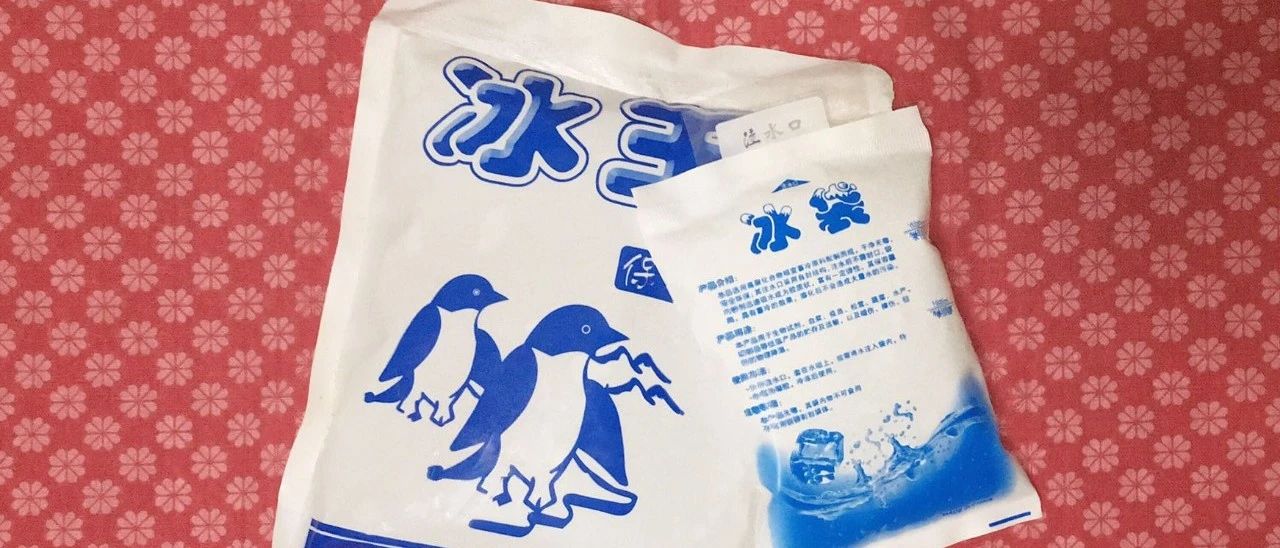
What do ice bags, diapers and warm babies have in common?
Want to keep the water from running away? It's time to put it on the stage.
(first in fruit shell)
if you buy fresh products online several times, you will inevitably add several kinds of thermal insulation ice bags at home. What's in these ice bags? is it ice?
what's in the ice pack?
on the packaging of the ice bag, you can often see the description that the product uses "high polymer phase change cold storage raw material". Here, both "high polymer compounds" and "phase transitions" do exist, but behind these advanced terms are two fairly simple main ingredients-super absorbent resin, and water.
(instructions on the ice pack | photographed by the author)
in the ice pack, the ingredient responsible for "phase transition" and keeping low temperature is indeed water (or ice), but here, the super absorbent resin is still a very useful ingredient. Super absorbent resins such as sodium polyacrylate can absorb water hundreds of times its mass, turning the random flow of water into a gel that is not easy to leak. it increases the convenience of the use-this process is not essentially different from the water absorption process that occurs in many diapers and sanitary napkins.
(super absorbent resin particles that are good at water absorption and expansion, this demonstration is also often called "artificial snow" | mel_science)
Water that will not flow away
uses super-absorbent resin to keep the water in place. This idea is not uncommon in other daily necessities.
for example, it brings warm disposable warm patches to people in winter, which also contains water absorbed by super absorbent resin. The principle of this kind of warm paste is to let the air oxidize iron powder and use a chemical reaction to release heat to keep warm. The reason for the need for water is that what is going on here is an electrochemical reaction, which requires iron powder, toner, salt, and water to form a primary battery to make the reaction happen faster. To prevent the water from leaking around and hindering the use, it is necessary to add the ingredient that absorbs the water.
("warm baby" composition table, have you seen the "water-absorbent resin"? | photographed by the author)
Dress in the stylish slutty wedding dresses and bring out your body figure clearly. Click and select your favorite dream dress.
and cold compress stickers on the market also contain such "water that will not flow away". Many "antipyretic patches" work in the same way as a wet towel: here, water is still responsible for evaporating and taking away heat. However, this water is absorbed in the superabsorbent material to form a gel. This ensures that there is enough water to evaporate without the problem of liquid flowing around.
(the body of this "antipyretic patch" is a hydrogel that can continuously evaporate water.)
in agriculture, the same idea is also used to fight drought. Some super absorbent resins can be used to improve the soil's ability to retain water and absorb the slow release of water in the gel, thereby reducing the negative effects of drought on crops. Of course, something similar may exist in your home-ornamental plants raised with "crystal mud".
(a super-absorbent resin ball called "Water Baby", "SpongeBob" or "Crystal Flower Mud" will expand many times after it is filled with water.)
The secret of hand-held Flame
finally, I would like to introduce some of the coolest applications of super absorbent resin-- making some combustion special effects in film and television. But please note: this operation requires a lot of professional experience, please do not try at will.
(under the protection of fireproof gel, you can shoot such a "hand-held flame" effect | Pchemstud/Wikipedia)
there are sometimes scenes of actors catching fire in film and television works. one way to shoot this effect is to use a sticky gel containing a lot of water to separate the actor's skin from the flame and provide protection in a short period. The water in the gel has a cooling effect, while the role of the absorbent material is to keep the water local and not flow away. Of course, this protective effect is undoubtedly limited, and it must be used under the condition of comprehensive security measures and close monitoring by professionals.
in short, when you need water and don't want it to flow around, it's time for these gel materials to do their best.